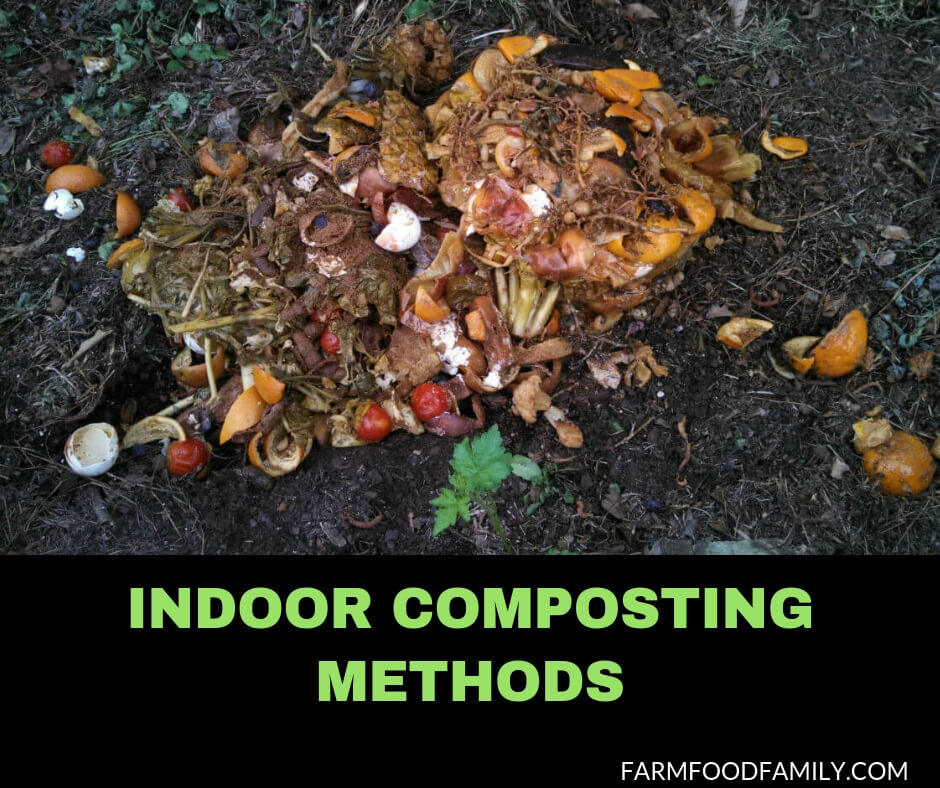Organic gardeners can create odorless compost indoors using modern bins and composting methods. No red worms are required.
Indoor composting is nothing new to organic gardeners. In the past, gardeners have employed the use of red wiggler or manure worms to turn kitchen scraps into humus for gardens or houseplants.
However, not every gardener is inclined to become a worm farmer. Worms are sensitive to changes in their environment, and worms can escape from their vermicompost bins. Furthermore, the process of separating finished compost from living red worms is tricky and time-consuming.
Gardeners can use modern indoor composting bins or composting machines to turn waste products into soil-enriching humus. These bins are so efficient that the homeowner won’t detect any odors during the composting process.
NatureMill Automatic Indoor Composter

The NatureMill Indoor Composter uses technology to introduce heat and mechanical turning to an indoor bin that produces a finished product for the garden in as little as two weeks.
Gardeners put the same kind of kitchen waste into the NatureMill that would go into an outdoor compost bin: banana peels, coffee grounds, or spoiled produce. With such a high concentration of nitrogenous material forming the bulk of NatureMill’s compost ingredients, a carbon balance is achieved with the addition of sawdust pellets.
The NatureMill system mixes and heats the kitchen scraps, as the machine doesn’t hold enough bulk to generate the natural heat that large amounts of decomposing organic matter generate.
A fan and a sprinkling of baking soda ensure that odors from anaerobic composting processes don’t take hold. Within two weeks, a red indicator light notifies the gardener that finished humus awaits him.
With a base price of $199 and the professional model costing $399, some gardeners consider the NatureMill indoor composting machine a pricey piece of garden equipment. However, when organic gardeners consider the cost of buying bagged compost each season, this investment can pay for itself over time.
Bokashi Composting

Although several composting systems market themselves as using the bokashi method, they all have one thing in common: the use of fermented wheat bran to hasten decomposition. A key difference of the bokashi composting method from other composting methods is the ability of the fermenting process to turn meat and dairy products into compost.
Organic gardeners can buy a complete composting system that uses bokashi, or gardeners can purchase the bokashi powder separately to use in a plastic tub or other waterproof vessel. If using an improvised container as a bokashi compost bin, it’s essential to place a drain in it to allow odor-producing liquids to drain away.
Place alternating layers of bokashi and kitchen scraps in the bucket or bin, and seal a tightly fitting lid on the container. The bokashi method relies on anaerobic decomposition, so excluding oxygen is helpful.
When the bucket is full, allow the contents to ferment for two weeks. Add the fermented compost to garden or potting soil, and allow the mixture to cure for two more weeks before planting.


